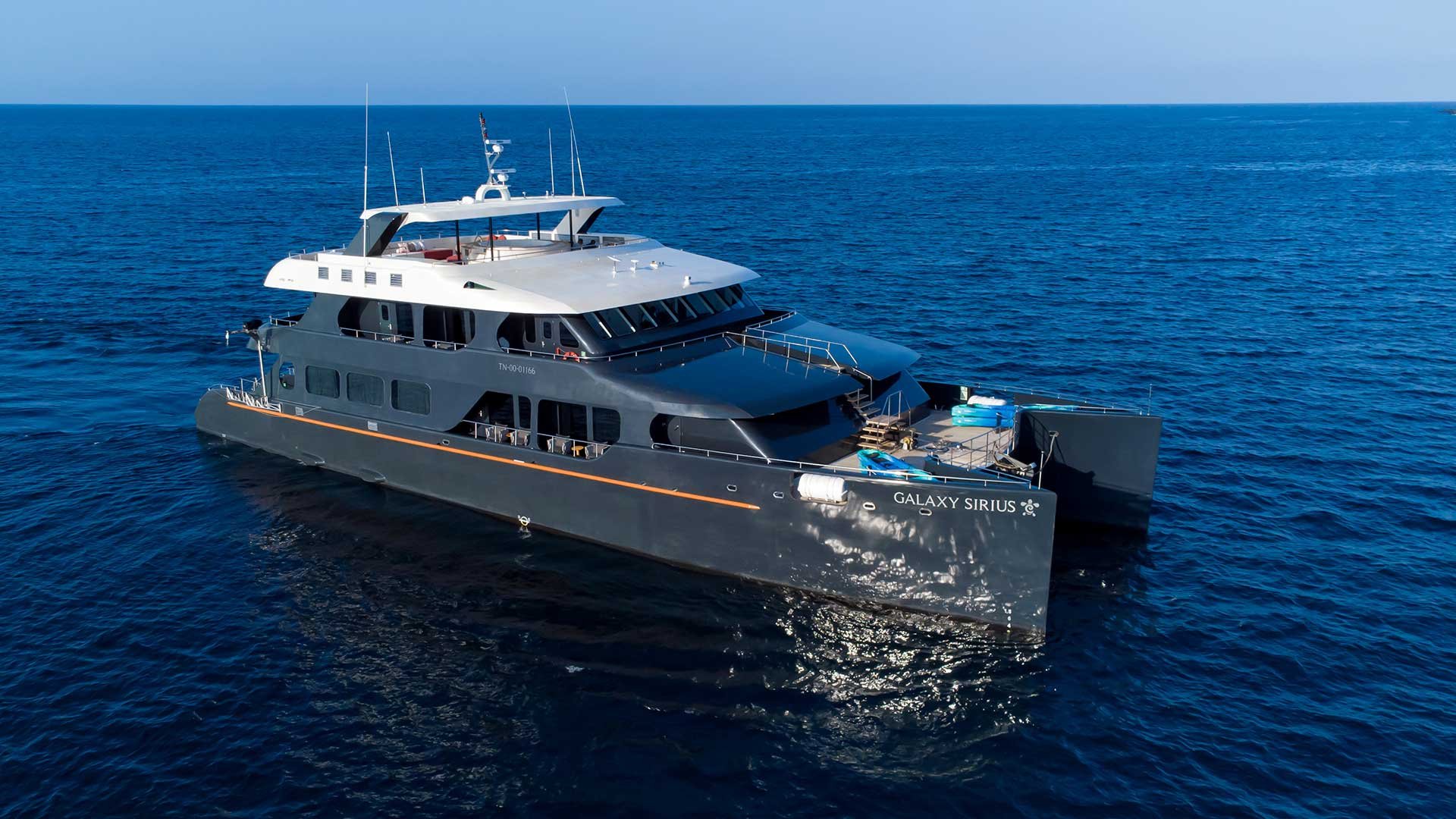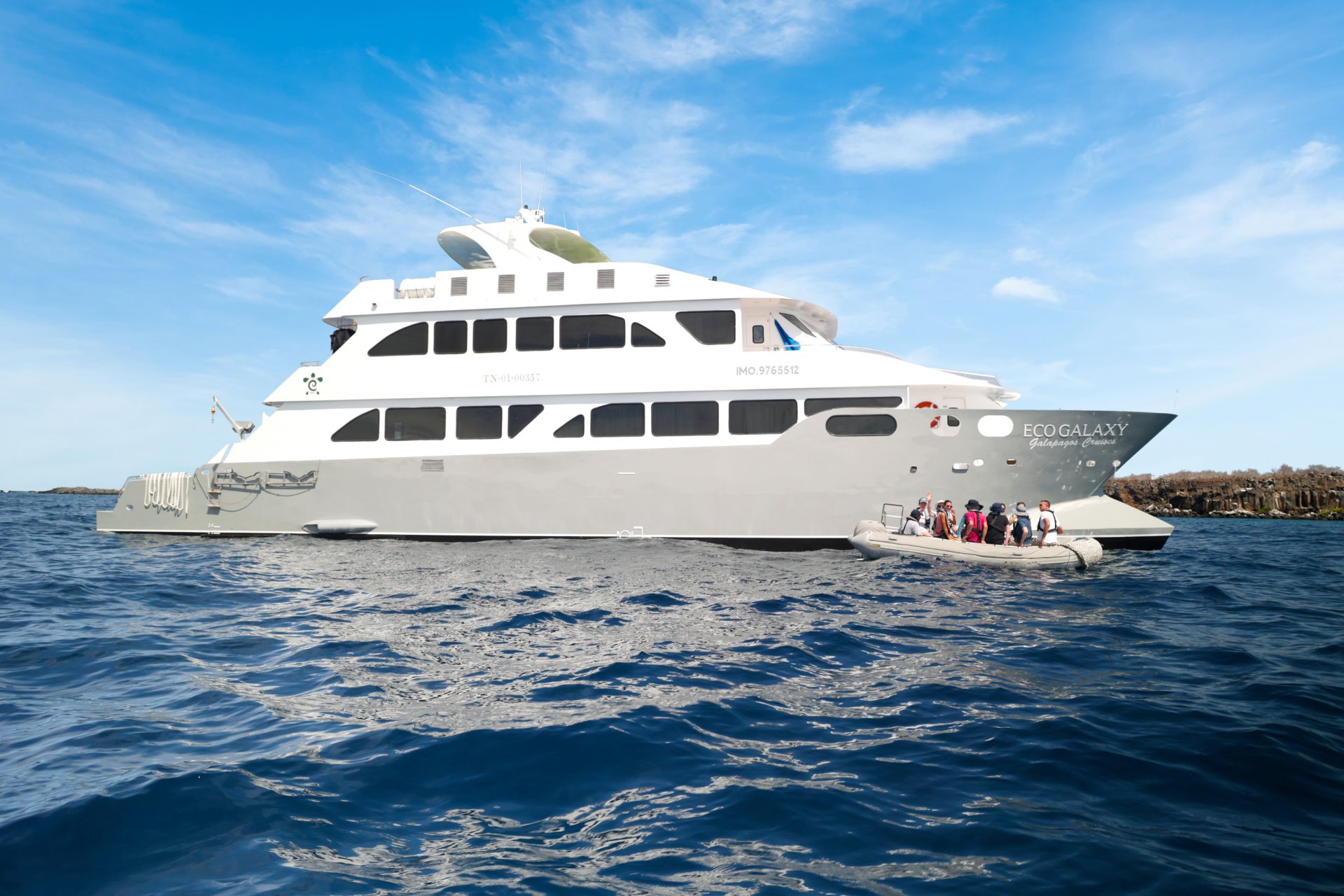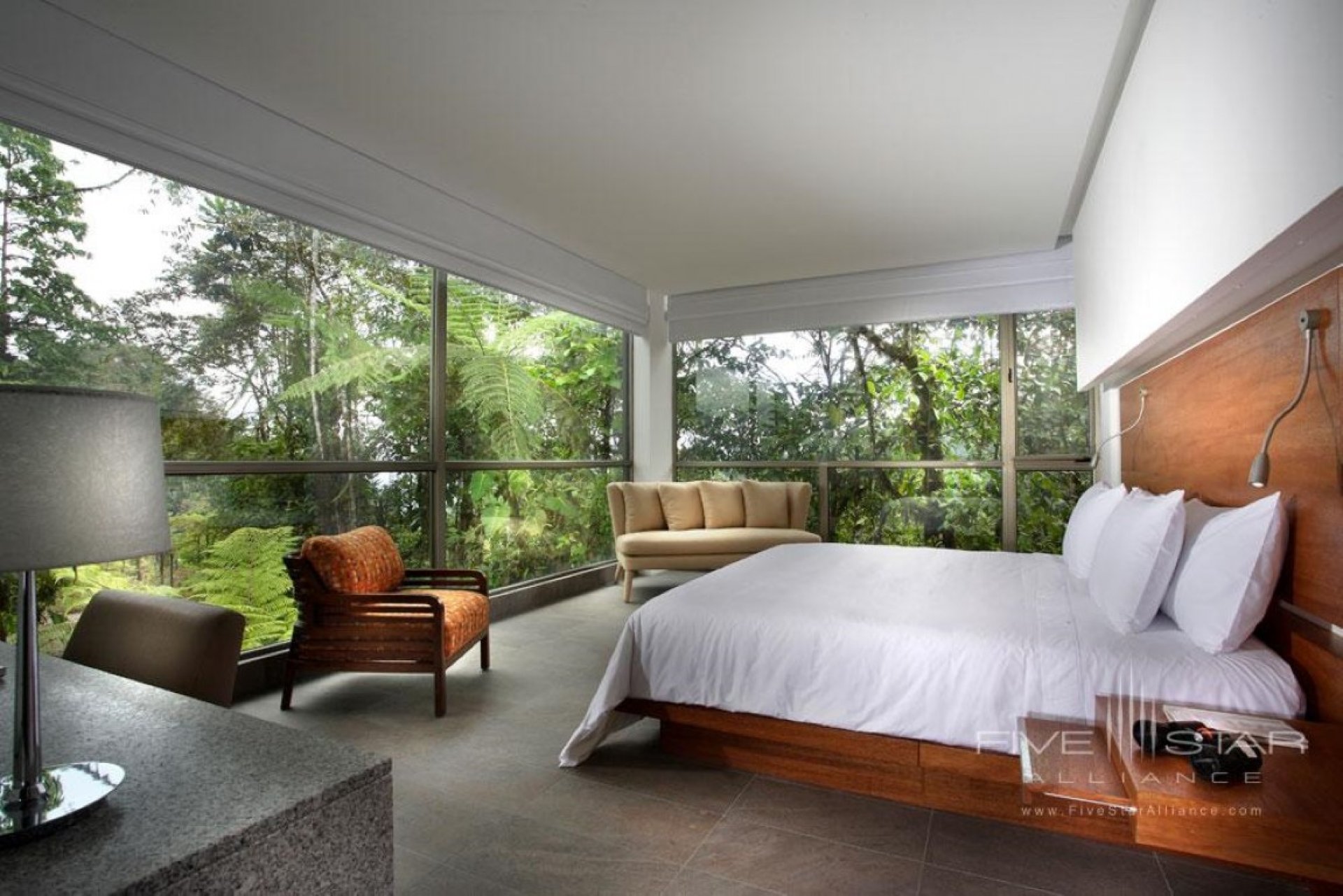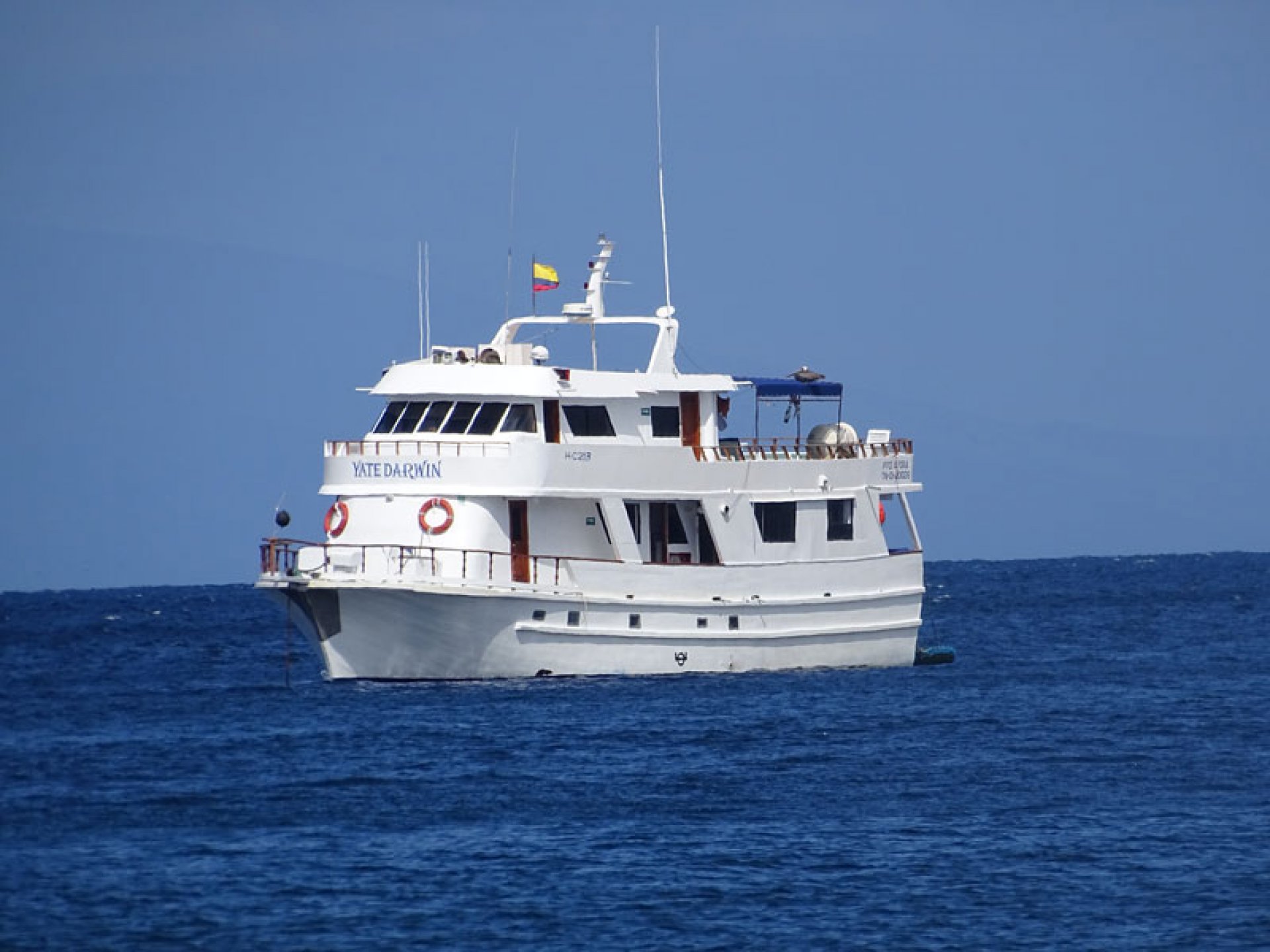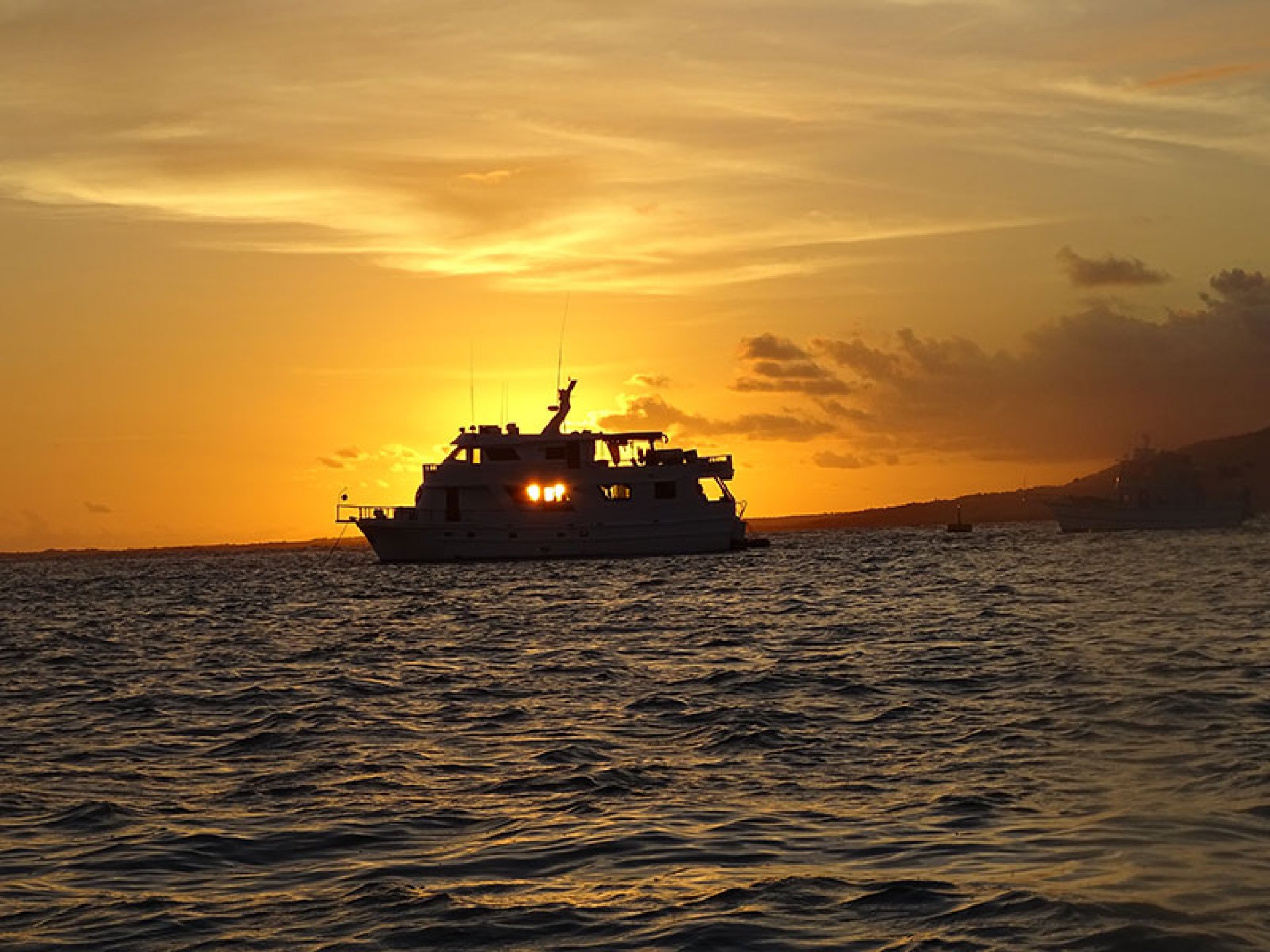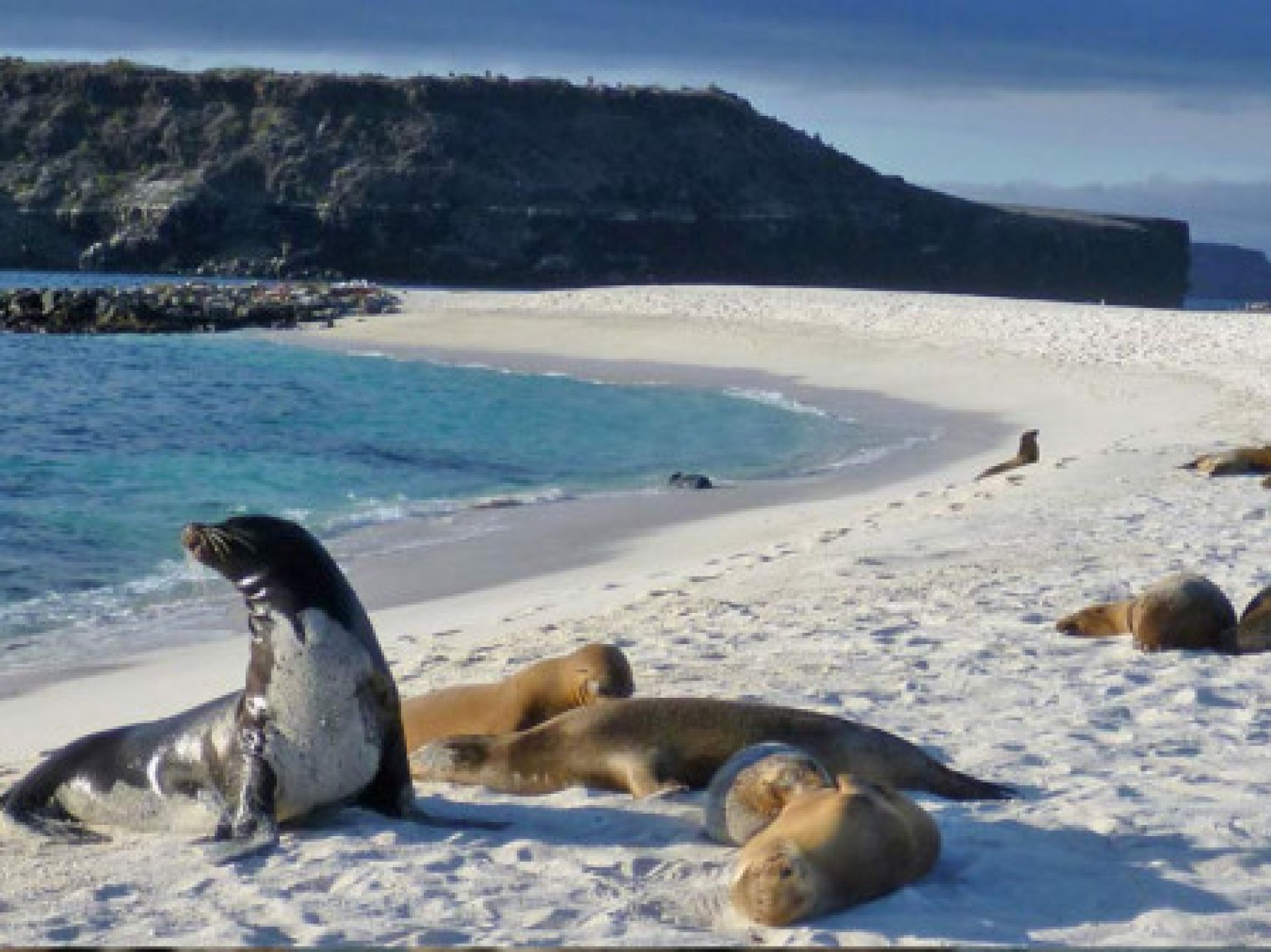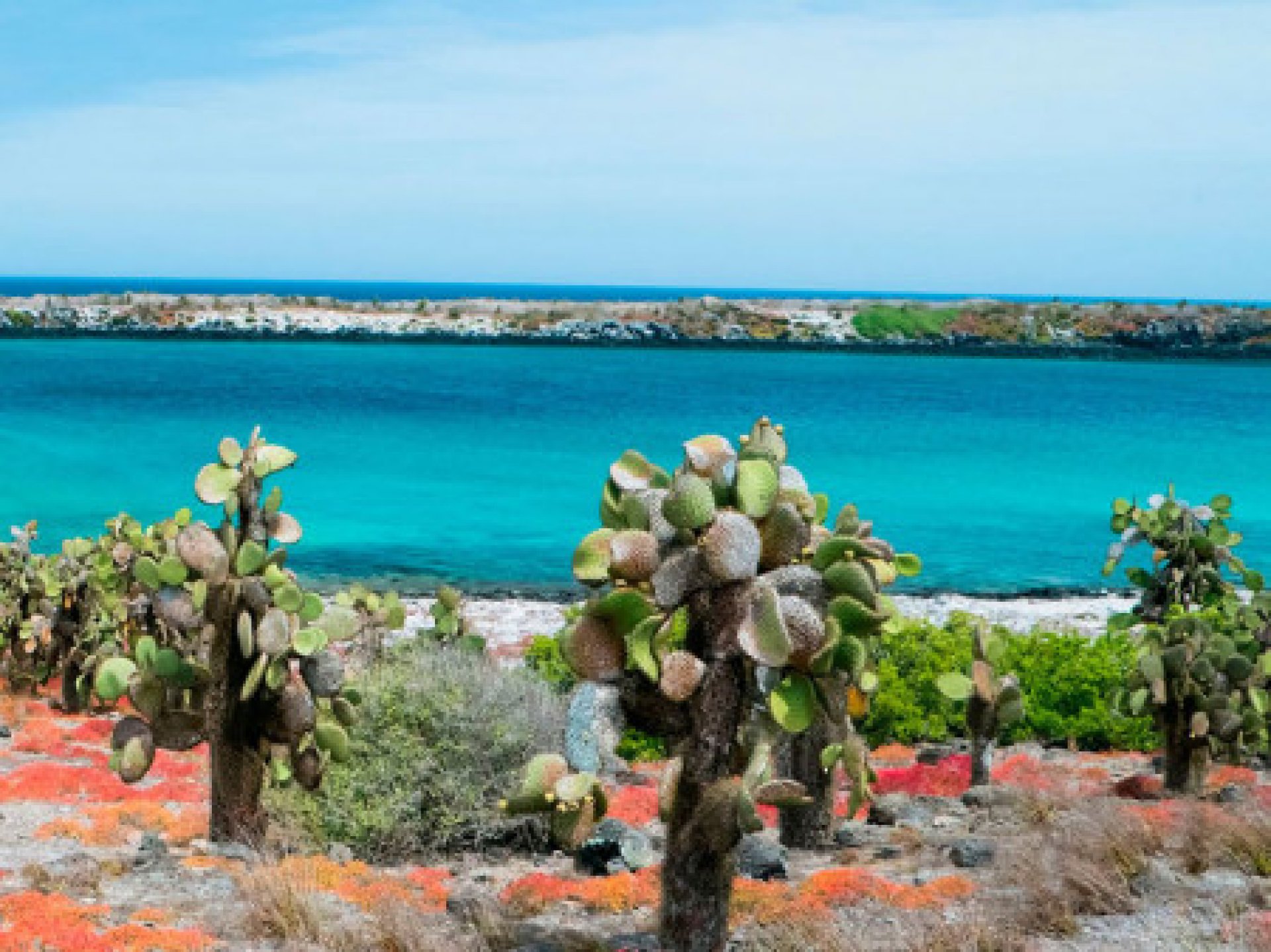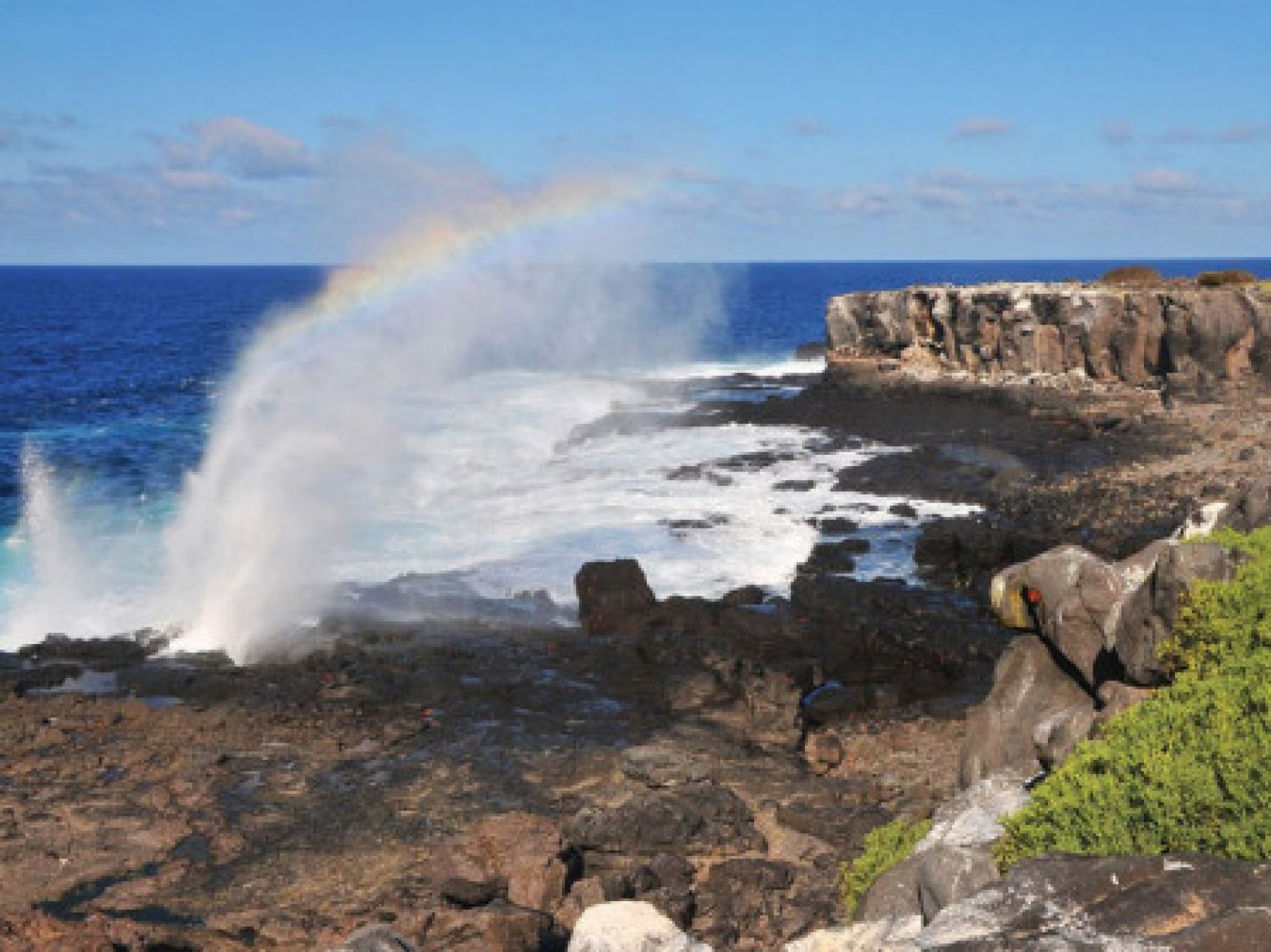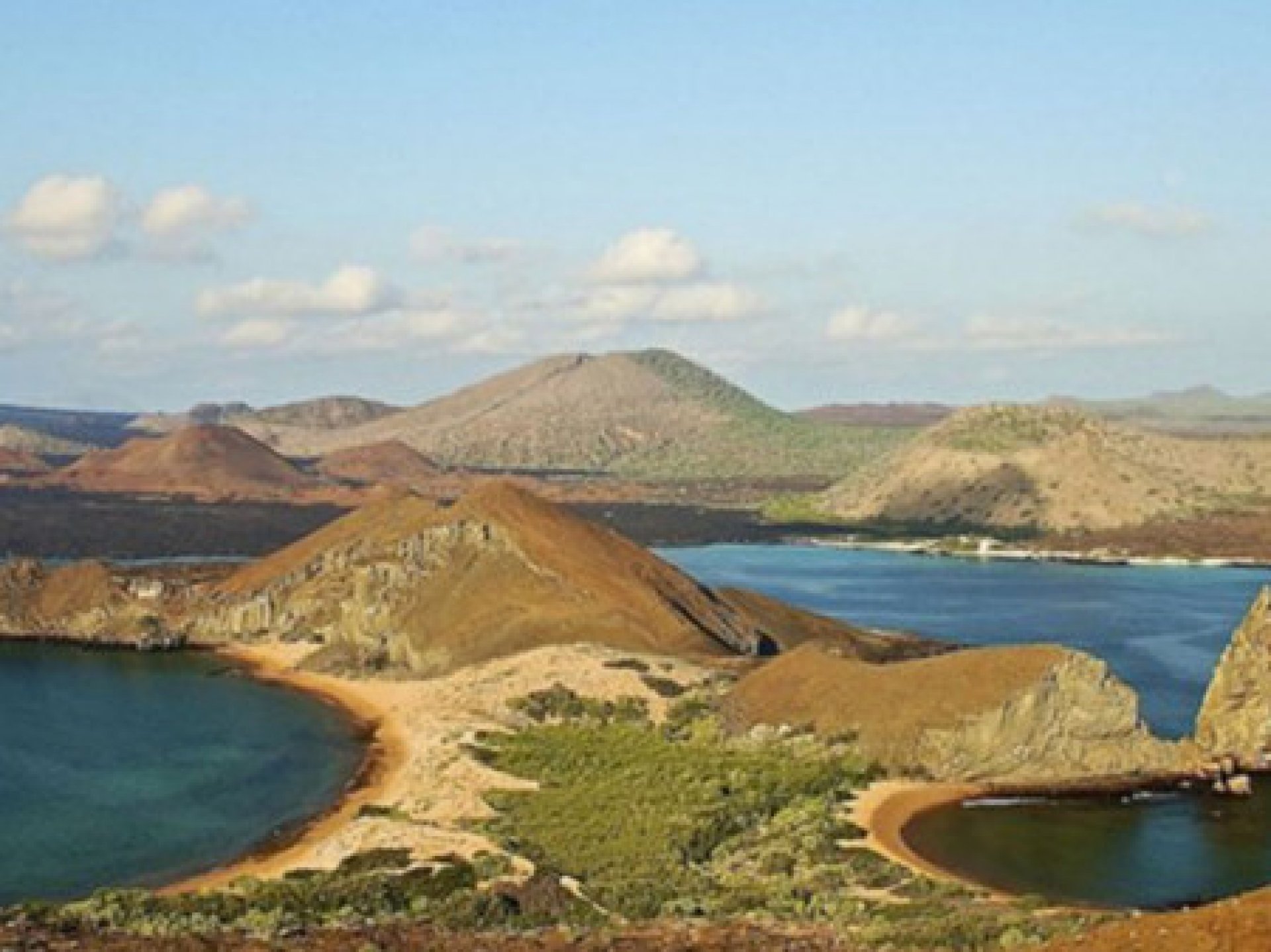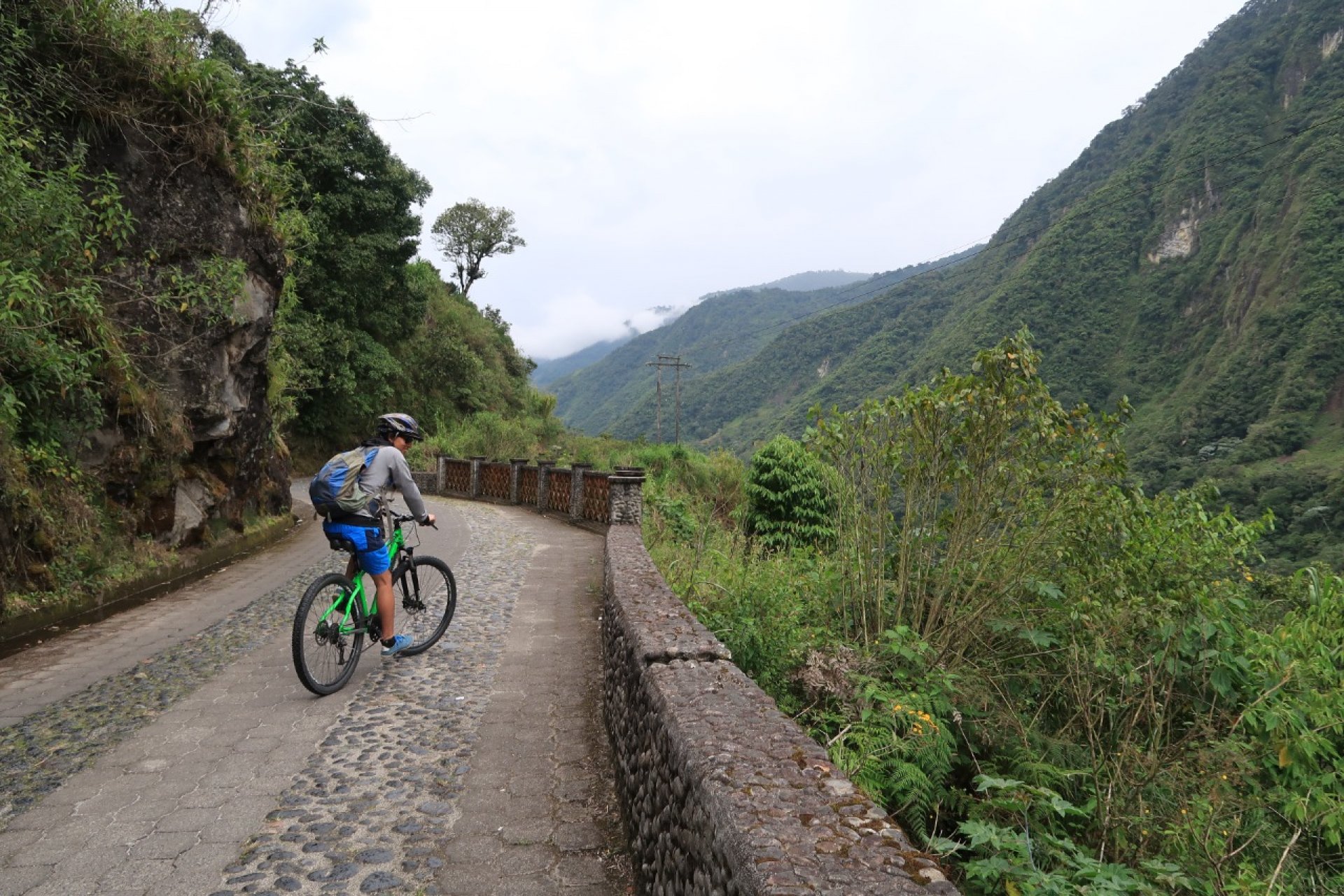Darwin Yacht
Discover the Enchanted Islands and enjoy a splendid experience aboard the Yacht Darwin. Our friendly and helpful team is ready to offer you the best experience of your life. Explore everything about the Galápagos Islands, observe and capture breathtaking landscapes, take hikes, and discover the flora and fauna of each island. During the tours, you can snorkel with sea lions, manta rays, schools of fish, sharks, and whitetip reef sharks. Additionally, during the hikes, you will see native birds (albatross, frigatebirds, blue-footed boobies, cormorants), iguanas, land and sea turtles, native and endemic plants, and much more.
Operating in the Galápagos Islands, we offer Discovery and Adventure itineraries. Our cruises range from 4, 5, 7, and 8 days. An unforgettable experience you wouldn’t want to miss. The yacht features 8 double cabins located on the Upper, Main, and Lower Deck.
Facilities
· Lounge
· Dining room
· Minibar
· Sun deck areas
Cabins 1 and 2
Double cabins with bunk beds, private bathroom, hot/cold water, and air conditioning. These cabins are located on the Upper Deck.
Cabins 3 and 4
Double cabins with bunk beds, private bathroom, hot/cold water, and air conditioning. These cabins are located on the Main Deck.
Cabins 5, 6, 7, and 8
Double cabins with bunk beds, private bathroom, hot/cold water, and air conditioning. These cabins are located on the Lower Deck.
Itinerary
DAY 1
BALTRA – MOSQUERA
AM: Upon arrival at Baltra Airport, travelers pass through an inspection point to ensure that no foreign plants or animals are introduced to the islands, and pay the park entrance fee ($100).
Our guide will meet you, assist you in collecting your luggage, and accompany you on a short bus ride to Seymour Port, where we will board the Darwin Yacht. The captain and crew will welcome you aboard.
PM: Visit to Mosquera. It is a reef of rocks and coral (result of an uplift) with a large white sand beach. Its narrowest part is about 160 meters wide, and its estimated length is 600 meters. This island has one of the largest populations of sea lions. Several species of shorebirds can also be observed. Occasionally, orcas (Orcinus orca) have been reported feeding on sea lions in this area.
DAY 2
PLAZAS – SANTA FE
AM: The visit site on Plaza Sur Island is located east of Santa Cruz Island and is part of two islands known as the Plazas Islands.
On the cliffs located southeast of the island, there is a group of solitary sea lions, both juveniles and older adults. Land iguanas in Plaza Sur are smaller than those in other locations. They nest during the warm season.
Throughout the island, there are several hybrid iguanas, resulting from the cross between a male marine iguana and a female land iguana. These iguanas are unique, recognizable at first glance by their black or gray color, with the crest of a land iguana, but the face and tail of a marine iguana.
Allowed activities: Group tours with a naturalist guide; guided walks.
PM: The visit site on Santa Fe is located in the northeastern part of the island of the same name.
Of the two species of land iguanas present in Galápagos, Conolophus subcristatus inhabits Plaza Sur, Santa Cruz, North Seymour/Baltra, Isabela, and Fernandina, while the species Conolophus pallidus only lives on Santa Fe.
Studies conducted by D.J. Geist suggest that Santa Fe may be the oldest volcano in Galápagos, with subaerial rocks dating back 3.9 million years. Another attraction is the presence of giant prickly pear cacti, whose trunks are thicker than on any other island.
Allowed activities: Group tours with a naturalist guide; guided walks; snorkeling; panga ride.
DAY 3
ESPAÑOLA ISLAND: Gardner Bay / Gardner Islet / Osborn Islet – Punta Suárez PM
AM: Gardner Bay is located on the northern coast of Española Island. The visit area is defined by two beaches with a total length of 1,300 meters.
The main attraction is the sea lion colony (Zalophus wollebaeki), which inhabits the beach in large numbers during the breeding season. Here, you can see three species of Darwin's finches, including a subspecies of the large cactus finch (Geospiza fuliginosa), the small ground finch (Geospiza fuliginosa), and the warbler finch (Certhidea olivacea). Both resident and migratory birds can be observed. This is an important nesting site for sea turtles (Chelonia mydas).
Allowed activities: Group tours with a naturalist guide; guided walks; snorkeling; panga ride.
PM: Punta Suárez is located on the western side of Española Island. The trail is approximately 1,670 meters long, and the tour time is about 2 hours. Española is known as one of the oldest islands, with an estimated age of 3.3 million years. Basaltic lava rocks cover much of the island. The albatross (Diomedea irrorata) is endemic to Española, although it has also been reported on Isla de la Plata (Machalilla National Park). Albatrosses can be found on Española from April to November or December.
A variety of mockingbirds, lava lizards, and Darwin's finches are considered endemic to this island. The Española mockingbird is the largest species in the islands and has developed carnivorous behavior, feeding on seabird eggs, sea lion placenta, and newly hatched turtles. Lava lizards are the largest of the 7 endemic species in Galápagos.
Allowed activities: Group tours with a naturalist guide; guided walks.
DAY 4
FLOREANA ISLAND – Post Office Bay – Punta Cormorant and Devil's Crown
AM: Post Office Bay is a historic site that recalls the days of the whalers, when they arrived in Galápagos in search of tortoises and water.
Another point of interest is a lava tunnel, which forms when lava cools on the sides and base, but the material in the core continues flowing downward. Finally, the still-liquid lava filters out and leaves a hollow cavity.
Tour allowed: Group tour with a naturalist guide; guided walks.
PM: The visit site Punta Cormorant is located on the northern coast of Floreana Island. The trail is approximately 720 meters long and leads to a lagoon, viewpoints, and a fine sand beach. In the lagoon, a large population of flamingos (Phoenicopterus ruber) can be found, and on the beach, there is a nesting area for sea turtles (Chelonia mydas).
Other species of flora and fauna can also be observed. Punta Cormorant has two species of endemic plants: Scalesia vellosa and Lecocarpus pinaffitidus.
There is a beach made up of polished coral sand, which explains its soft texture. These areas are ideal for rays, which prefer places with gentle waves and fine sand, allowing them to escape natural predators.
Tour allowed: Group tour with a naturalist guide; guided walks; snorkeling; panga ride.
DAY 5
SANTA CRUZ ISLAND – Charles Darwin Station – Los Gemelos and Highlands
AM: FAUSTO LLERENA BREEDING CENTER (Charles Darwin Station): The tour begins at the PNG information station, then continues to the Van Straelen Interpretation Center, then to the breeding center. From there, a circular raised wooden path begins, where you can see tortoises from Española Island, ending at the tortoise exhibit corral. Always remind visitors not to touch them or step on the platform where their food is placed. The path continues to the ECD facilities and then to the town of Puerto Ayora.
Tour allowed: Group tour with a naturalist guide; guided walks.
PM: Los Gemelos or Twin Craters are not craters of volcanic origin. They were formed by the sinking of surface materials into cracks or holes. In 1989, a circular path was opened around the larger crater, which passes through the interior of the Scalesia forest, an excellent place to observe land birds, especially the woodpecker finch and the vermilion flycatcher.
The vermilion flycatcher is the most notable land bird in the highlands of the islands. It is curious and generally quite docile. It feeds on insects, often catching them in flight. Its nesting season is from January to April.
Tour allowed: Group tour with a naturalist guide; guided walks.
DAY 6
SANTIAGO ISLAND – Puerto Egas AM – Espumilla Beach / Buccaneer Cove PM
AM: The visit site Puerto Egas is a black sand beach located on the western side of James Bay and northwest of Santiago Island. South of the beach is the Pan de Azúcar volcano, which has deposits of volcanic tuff, contributing to the formation of the black sand beach.
Tour allowed: Group tour with a naturalist guide; guided walks; snorkeling.
PM: The visit site Espumilla is on the northern coast of Santiago Island, in James Bay. The main attractions here are a palo santo forest, the beach, and the landscape. The beach is an important nesting site for sea turtles (Chelonia midas agassizi).
Tour allowed: Group tour with a naturalist guide; guided walks; snorkeling; panga ride.
DAY 7
BARTOLOMÉ ISLET – SULLIVAN BAY
AM: Bartolomé Beach is an iconic site in the Galápagos Islands due to its impressive beauty. Its main attractions are the beaches, dunes, and Pinnacle Rock. Local species include the sea turtle (Chelonia mydas), which chooses this spot as a nesting site, and the Galápagos penguin.
Tour allowed: Group tour with a naturalist guide; guided walks; snorkeling; panga ride.
PM: Sullivan Bay is a site of great geological interest. It is located southeast of Santiago Island; landing can be done on the rocky shore (dry landing) or on the white sand beach (wet landing). The area is covered by Pahoehoe lava flows (solidified lava in accordion shapes). The Sullivan lava formed in 1897.
Tour allowed: Group tour with a naturalist guide; guided walks; snorkeling.
DAY 8
BACHAS (ca/sn) – BALTRA
AM: The visitor site Las Bachas is located in the northern part of Santa Cruz Island. It is one of the main nesting sites for sea turtles (Chelonia mydas). It is a great place to observe flamingos, migratory birds, and aquatic birds.
Tour allowed: group tour with a naturalist guide; guided walks; snorkeling.
Our guide will accompany you to Baltra airport.




